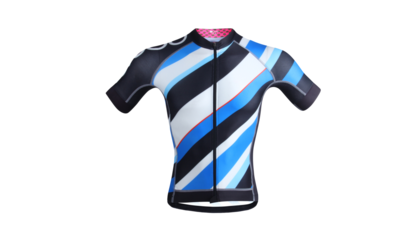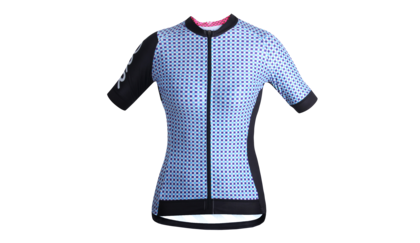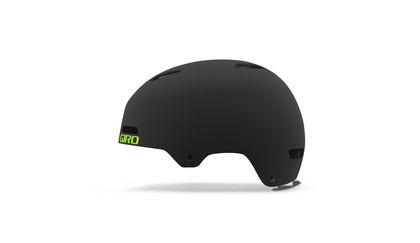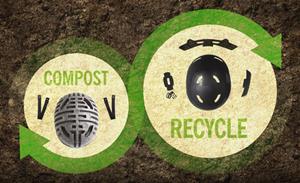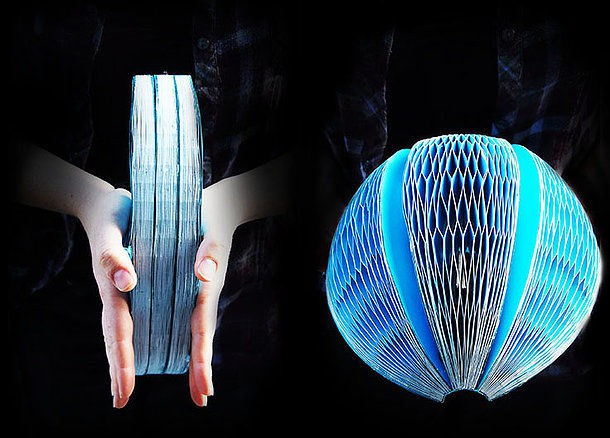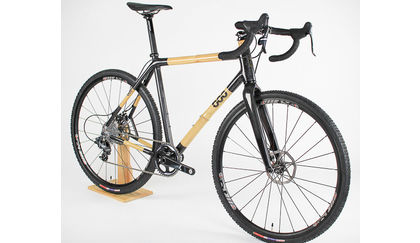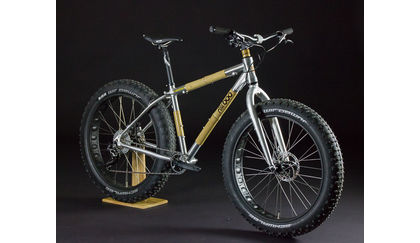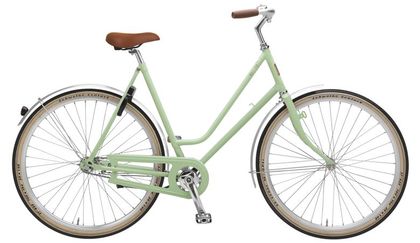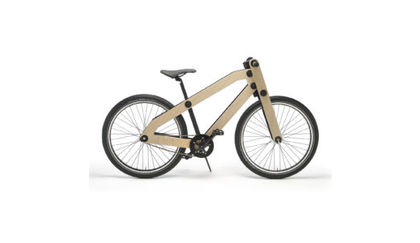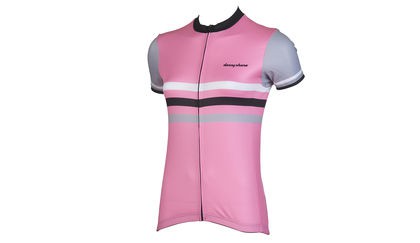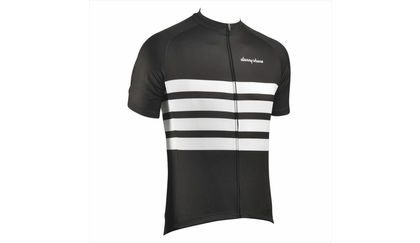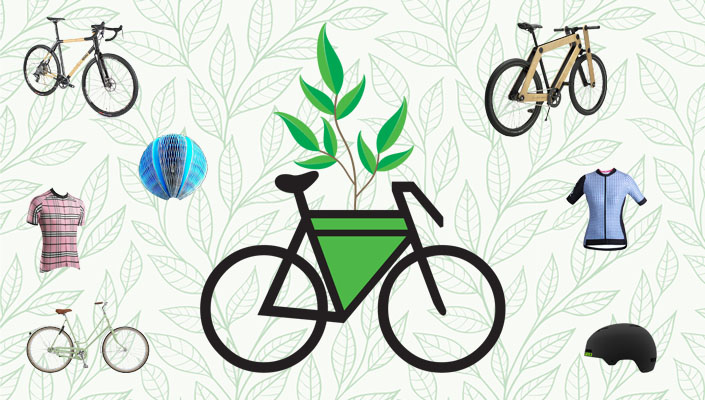
What makes any piece of cycling kit, be it shoes or a helmet or a complete bike, desirable to us? Is it form, function, sex appeal, peer pressure? Maybe it’s some or even all of these, but an additional factor that governs many of our purchases is both an ethical and ecological one: Where did it come from? What is it made of? Was anybody or anything exploited to make it? Earth Day is a good time to check out some eco-friendly bike kit, so here’s a list of a few of our favorites.
OORR Apparel
Apart from sweet bikes and empty streets, what do cyclists love most? Yep, coffee! Well, the team at OORR (Out Of the Rat Race) have come up with some smart-looking kit made out of... wait for it... recycled plastic bottles and used coffee grounds.
The clothing looks über cool, and apparently has unique properties that include very high UV protection, 50% better moisture wicking than Lycra or any other technical polyester fabric, and, thanks to those coffee grounds, the ability to eliminate odors from sweat.
Giro Silo Helmet
A major player in international cycling for decades, helmet manufacturer Giro has introduced what they term “a plant-based revolution in helmets” in the form of their new lid, the Silo. It’s a new, environmentally conscious helmet option that features an exclusive new “bio-foam” liner technology based around E-PLA, or Expanded Polylactic Acid. This liner is derived from corn, with the potential to be made of grasses or other plant-based materials instead of petroleum-based materials. It offers a lower environmental burden than traditional expanded polystyrene (EPS) foam, yet it performs like conventional EPS foam when managing impact energy. And as an added bonus, when the helmet is damaged or just needs to be replaced it can simply be pulled apart to be recycled and composted.
EcoHelmet
Another helmet that has grabbed attention for its eco-friendly properties is the aptly named EcoHelmet.
Designed specifically to be sold at bike-share stations around the globe, the EcoHelmet is a recyclable, collapsible helmet made from layers of recycled paper woven into a honeycomb-shaped structure. The helmet maintains its shape and integrity when being worn, but the radial structure allows the helmet to collapse into a flat object for easy storage once the rider removes it.
To make it waterproof, it has been covered in a biodegradable coating that protects it in the rain for up to three hours.
Designer Isis Shiffer of New York explains that it took a while to get the design to work properly. "Early designs worked, but looked like ridiculous pineapples,” she said. “Then we got them to look good, but they didn’t really work properly. Finally we came up with the current design, which looks great and exceeds the European and US safety standards for helmets.”
Boo Bamboo Bike Frames
One of the primary functions of plant life is to absorb and/or store carbon dioxide, and one of the very best absorbers on the planet is bamboo. It grows without fertilizer, pesticides, or herbicides, and does not contribute to soil depletion or erosion.
The only requirements for cultivating bamboo are water, light, and air. It grows to peak maturity in 3.5 years, and new tubes sprout from the base every season. Its material is incredibly light and strong, absorbs vibration and has a unidirectional stiffness very similar to that of carbon fiber. In other words, it’s perfect for making bikes from.
Colorado-based Boo Bicycles make high-end frames from bamboo, offering an impressive range of road, CX, gravel, mountain and fat bikes. Most of the frames are left unpainted to retain their natural appearance and, put simply, they are beautiful.
Roetz Bikes
The Dutch are famous throughout the world as a nation of cyclists, but what happens to the hundreds of thousands of old bikes that are discarded each year? Roetz Bikes have done their bit to address the problem by completely rebuilding over 1,000 bikes per year.
They scavenge classic steel Dutch frames that have been abandoned at any of the hundreds of bike depots that are scattered across the country. Back at the Roetz workshop, employees disassemble the bikes, strip the paint and decals, and inspect the frames to insure they are structurally sound. These frames are then cleaned, painted and re-inspected before being built up into one of three Roetz designs on offer. Due to their varying origins, almost every bike is unique but fits into their existing collections.
“It would be difficult to get the same kind of frame if we wanted to, but we don’t really need to,” Roetz founder Mark Groot Wassink says. “We are looking for steel frames that are welded well – they might be old Gazelles or Unions. It doesn’t need to be literally the same frame as we make a collection out of them. The coloring, the fenders, branding – that makes it a Roetz bike.”
“Cycling is a sustainable activity, for transport or racing or whatever, but the way most bikes are made is not necessarily environmentally friendly. We’re on a mission to change that.”
The result is a collection of beautiful, and sustainably re-purposed, bicycles ready for a new life on the city streets. Available online or at retailers in the Netherlands and surrounding countries, the bikes start at $US 595/ $AU 740 and accessories include beech wooden fenders and chainguards, cork grips and reclaimed-wood crate panniers.
RELATED: Panniers or Trailer?
Sandwich Bikes
These ingenious wooden bikes are never going to get you on the podium of even the most modest of bike races, but they are very cool.
The bikes arrive direct from sandwichbikes.com flat-packed like, well, a sandwich. (Watch out Ikea bike!) Four wooden panels and two wheels are assembled with the use of a series of milled recycled aluminum “smart cyclinders” that hold everything in place.
Available in single-speed or an automatic 2-speed internal rear hub, Sandwich Bikes are made from mature beech wood, harvested from trees that are more than 120 years old. The forest they come from in Germany has been sustainably managed for more than 200 years, meaning no more wood is harvested than can be regrown again.
Admittedly, these bikes are something of a novelty, but they are built to ride and behave like a regular, albeit heavy, commuter bike. The timber each bike is constructed from undergoes a rigorous artificial weathering process whereby it is subjected to extreme heat, cold and moisture – by the time it arrives at your door it is pre-weathered, waterproof, and ready to go (after you put it together!).
DannyShane Apparel
If you’re after some retro-looking bike kit that won’t burn a hole in your pocket or the planet, check out what’s on offer from Californian company DannyShane. The jerseys and knicks are made with a proprietary blend of recycled polyester and Bamboo White Ash. In addition to its aesthetic benefits, Bamboo White Ash (BWA) is harvested using sustainable methods from carefully managed plantations. The material offers natural breathability, rapid moisture wicking, odor resistance, anti-static qualities, durability, and softness difficult to match.
By weaving BWA directly into recycled polyester fabrics, DannyShane can guarantee that their jerseys won’t fade or discolor, even after years of daily use, and riders can feel confident that DannyShane products will stand the test of time and won’t irritate even the most sensitive skin.
The styles are bold and colorful, with plenty of solid white bands in the style of Breton and Belgian riders of old, plus some rather daring plaid designs.

RELATED ARTICLE:
Keeping it Green on Two Wheels
Many of us know that the humble bicycle is a great way to get to and from work. A “greener” lifestyle involves using your bike for day-to-day tasks and more... READ MORE

RELATED ARTICLE:
Introducing the Hybrid: The most versatile bike On Earth!
The hybrid haters are out there. We attempt to even the balance by explaining why the hybrid SHOULD be your next new bike... READ MORE
